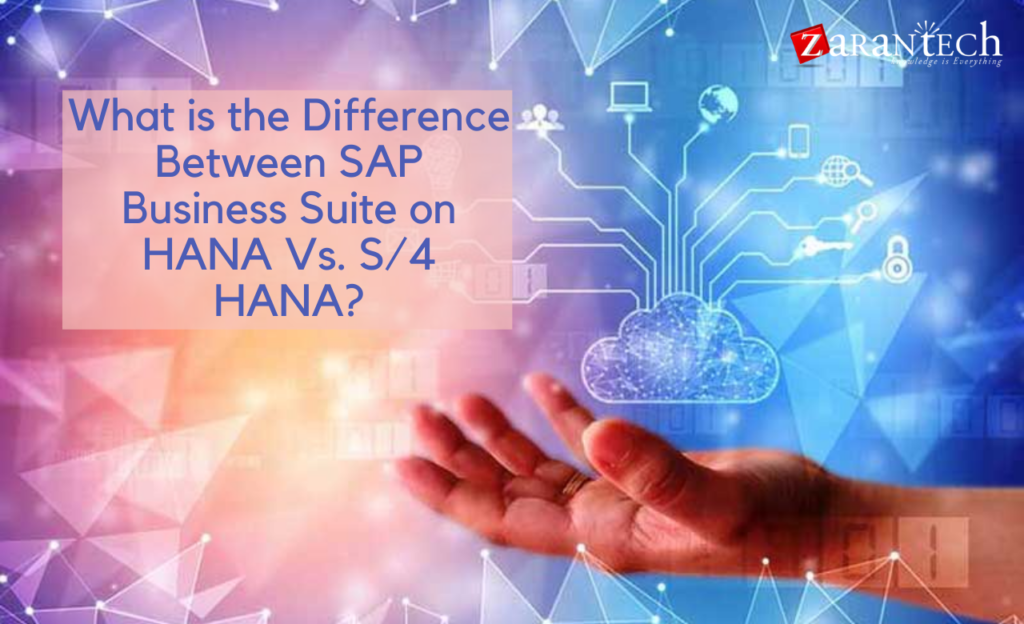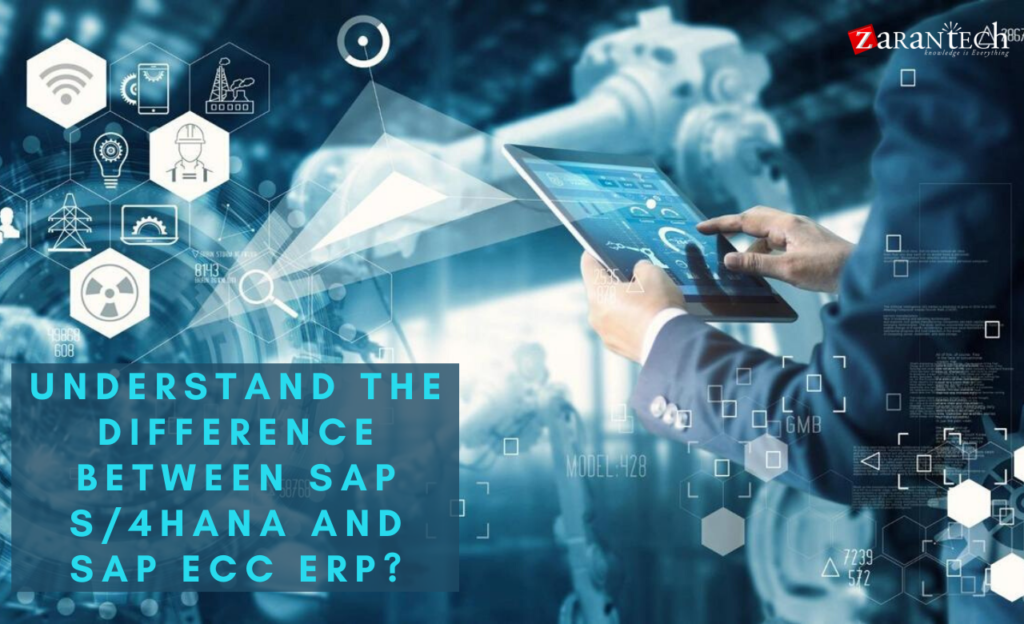How to Choose the Right Deployment Option for Your Move to SAP S/4HANA
Category: SAP S/4HANA Posted:Sep 15, 2020 By: Ashley Morrison
One of the most essential decisions when planning an SAP S/4HANA implementation is picking what sort of operating model will best suit your requirements. This decision depends on whether you are going greenfield or migrating your current SAP landscape, which S/4HANA operates you’ll require, and how they are expected to be utilized. In this blog, learn more about the various implementation portions that are currently offered and how best select the right option for your company.
SAP S/4HANA On-Premise
The on-premise release option offers companies with full control of the hardware and software of your application and maintenance schedules. SAP will adhere to an annual development cycle for the on-premise option, however, you are not forced to upgrade. This is a great option if you’re seeking to attain optimum flexibility regarding integration with various other systems and custom enhancements. Nevertheless, you’ll be fully responsible for the security, access, and system availability too.
If you want to update and migrate your existing SAP ECC setting to S/4HANA, then the on-premise release option is the best choice for you. The most recent version released in September 2017 was S/4HANA 1709. Previous launches including 1511 and 1610 have actually laid the foundation and now that S/4HANA has actually stabilized, it provides more clarity and a much more predictable path for clients to proceed with digital transformation.
SAP S/4HANA Private Cloud
The private cloud option is essentially an on-premise implementation hosted in a secure private cloud According to an IDC survey report: 10 Insights from S/4HANA pioneers, as much as 40% of early implementations chose this implementation option using SAP’s HANA Enterprise Cloud (HEC) offering, where SAP managers facilities and software as the “cloud provider” but version update schedules have to be authorized by the consumer. Some software modifications are enabled but will enhance the charges to run your systems due to the fact that it’s harder to manage.
It’s additionally possible to run the on-premise edition in an infrastructure-as-a-service (IaaS) setting (i.e. Amazon Web Services, Microsoft Azure, or Google Cloud Platform), where big cloud providers handle the facilities, but your organisation is still responsible for managing the application (i.e. tuning, applying patches, upgrades, and so on). With this operating version, you can use all available functions of S/4HANA on-premise, including maintenance schedules and enhancement options.
SAP S/4HANA Public Cloud
SAP provides a pure Software as a Service (SaaS) option that’s fully hosted and managed by SAP with quarterly updates. Although it’s a slimmed-down version of the on-premise option, the offering is limited and focused on specific industries. In return, the implementation time will be much shorter and effort will certainly be much less.
The S/4HANA public cloud is currently offered for Professional Services, Finance, Marketing, and manufacturing industries. Beyond industry-specific options, SAP additionally provides the S/4HANA Enterprise Management Cloud that’s intended to cover the complete range of an ERP. This cloud edition supports the most typical end-to-end business procedures, specifically in finance, logistics, and procurement. You will not be able to modify or adjust the software according to your requirements considering that it will run on a shared system.
While this SaaS offering is a strategic piece for SAP and they plan to be able to manage huge enterprises, it’s still several years away from reaching a mature level and also isn’t a legitimate alternative for the vast majority of existing SAP consumers yet.
Hybrid approach
There is also a fourth option that’s actually proving to be one of the most useful ones for big organizations. SAP clients can choose to deploy hybrid scenarios that combine on-premise and cloud scenarios. This accelerates business innovations and lowers IT resources in certain business locations while keeping core areas/systems durable and customizable. Firms can opt for a hybrid cloud version that incorporates public cloud and personal cloud releases or select a complete hybrid operating model where some business scenarios are handled on-premise and some are handled in the cloud.
This operating model permits you to integrate the best of both worlds. You can operate core areas of your business like finance, sales, inventory and manufacturing on-premise, and other enterprise areas like CRM in the cloud because common industry standards are sufficient, or data that is much less sensitive can be saved in the cloud. Hybrid scenarios might make good sense based on your organizational frameworks as well. You might want to run your headquarters on-premise and your subsidiaries in the cloud.
Conclusion
For more information on SAP S4 HANA feel free to visit our website. At ZaranTech, we also offer a self-paced, online certification program on SAP S/4HANA, mentored by some of the sought after and experienced subject matter experts. Browse through our course pages for further information.
Happy learning!





 99999999 (Toll Free)
99999999 (Toll Free)  +91 9999999
+91 9999999